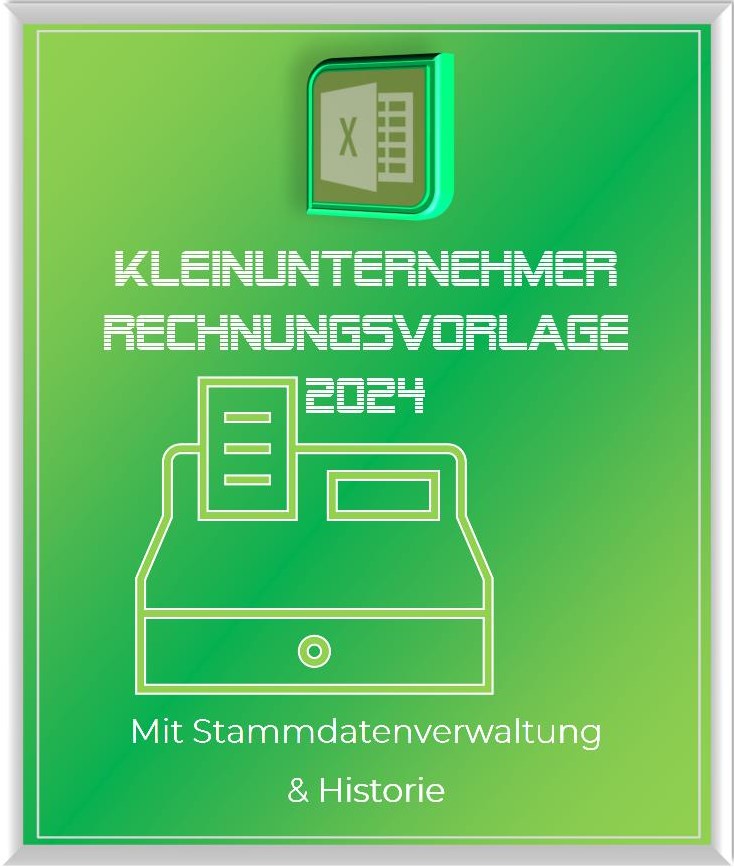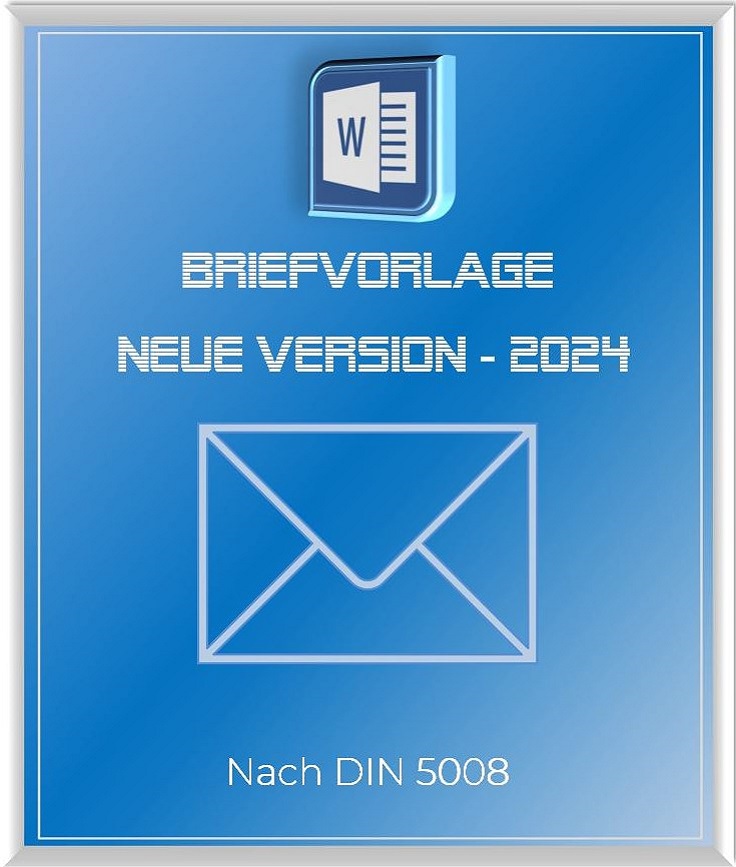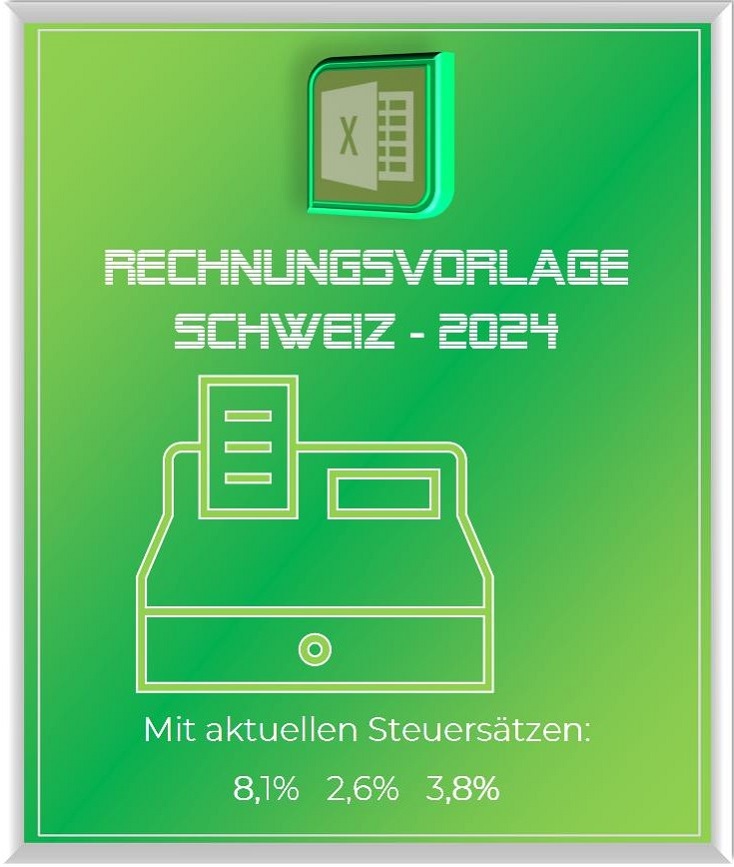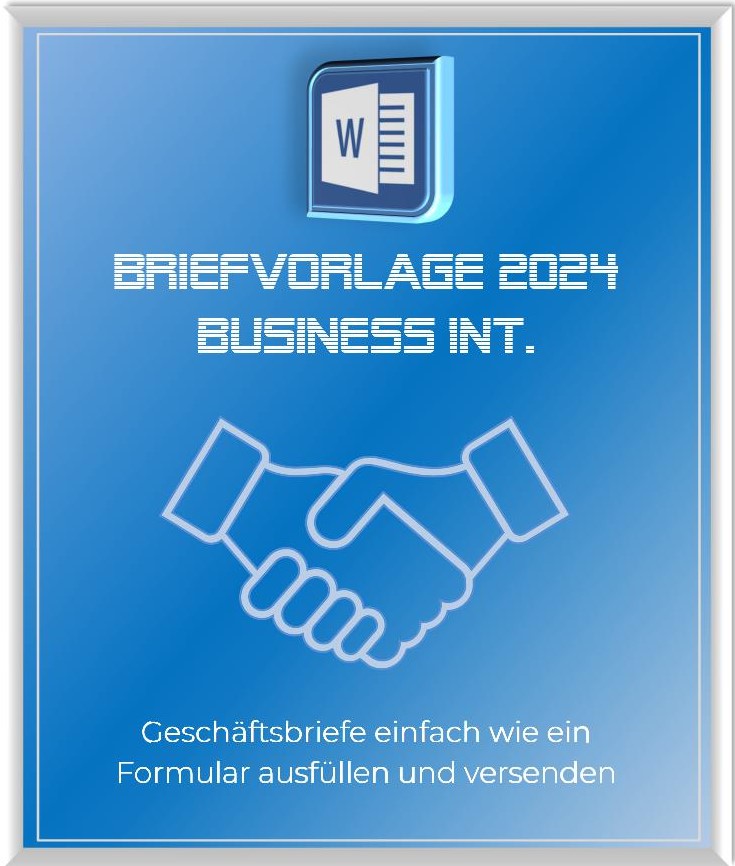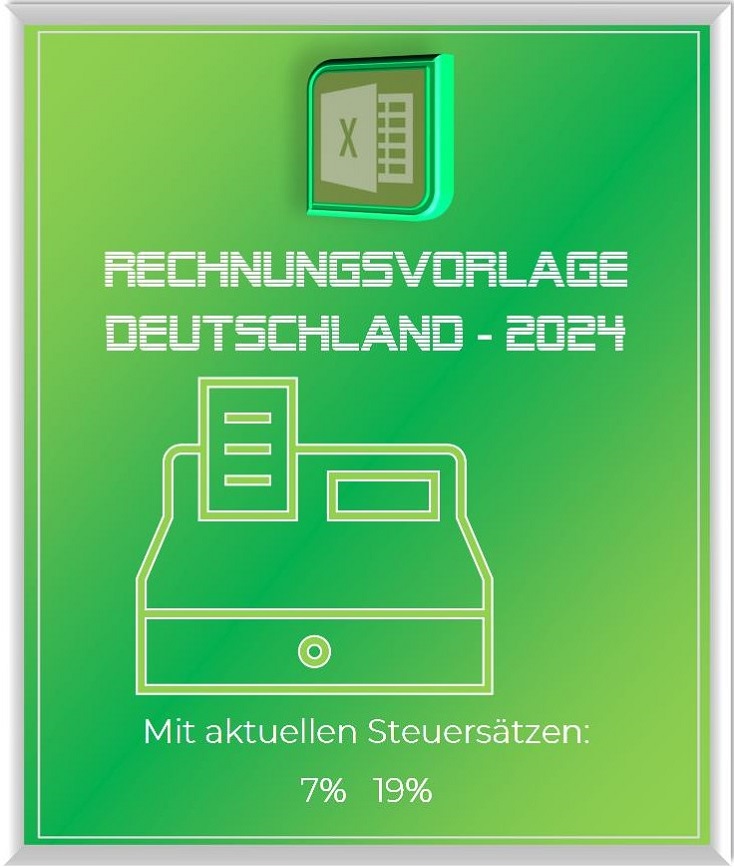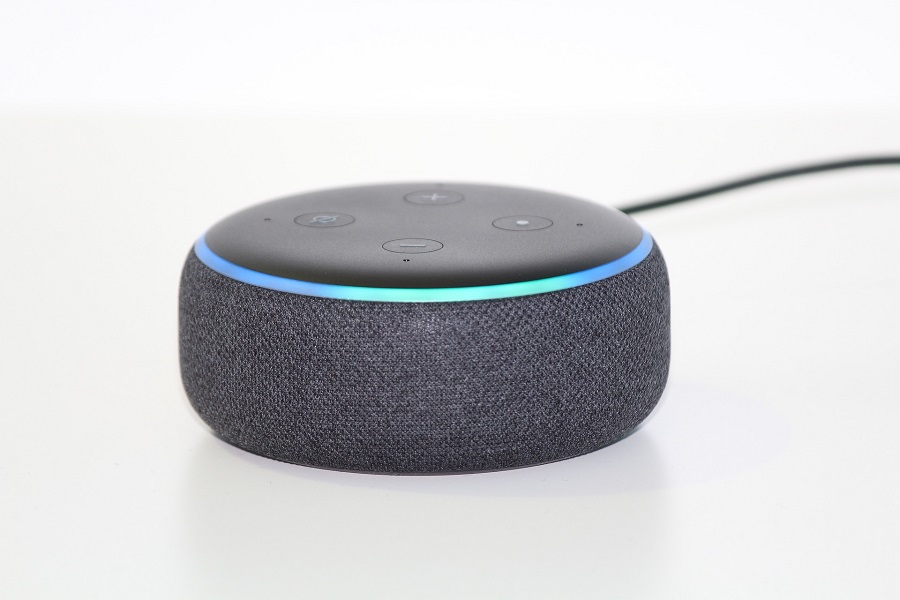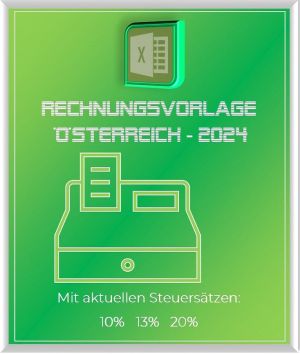Chatbots in comparison: The best digital assistants
Chatbots are indispensable nowadays. Although they have existed for a few years, they have become increasingly popular in recent years, not least due to the media hype surrounding ChatGPT. Companies are increasingly relying on chatbots to be able to help customers faster and more efficiently. There are many different providers and features on the market, making it difficult to keep track. In this article, we’ll compare the best digital assistants, explain their benefits for businesses, and highlight best practices for customer service, marketing, and sales.

Chatbots in comparison: The best digital assistants
Chatbots are indispensable nowadays. Although they have existed for a few years, they have become increasingly popular in recent years, not least due to the media hype surrounding ChatGPT. Companies are increasingly relying on chatbots to be able to help customers faster and more efficiently. There are many different providers and features on the market, making it difficult to keep track. In this article, we’ll compare the best digital assistants, explain their benefits for businesses, and highlight best practices for customer service, marketing, and sales.

What are chatbots and how do they work?
What are chatbots and how do they work?
Chatbots are digital assistants that can have human-like conversations using artificial intelligence (AI) and natural language processing (NLP). They can be divided into different categories, such as customer service or sales and marketing. Chatbots can be used on different platforms like websites, social media or messaging apps. They enable companies to respond to customer requests 24/7 without the need for human resources. The functionality of a chatbot is based on predefined rules or a machine learning algorithm. With the latter, the chatbot continuously learns from the interactions it has with users to improve its responses.
Chatbots are digital assistants that can have human-like conversations using artificial intelligence (AI) and natural language processing (NLP). They can be divided into different categories, such as customer service or sales and marketing. Chatbots can be used on different platforms like websites, social media or messaging apps. They enable companies to respond to customer requests 24/7 without the need for human resources. The functionality of a chatbot is based on predefined rules or a machine learning algorithm. With the latter, the chatbot continuously learns from the interactions it has with users to improve its responses.
The benefits of chatbots for businesses
The benefits of chatbots for businesses
Chatbots offer many benefits to businesses, such as the ability to respond to customer queries in real time without the need for human resources. This increases customer satisfaction and creates better customer loyalty. Chatbots can also be used in lead generation and sales to identify potential customers and make offers to them. They are also cost effective as they do not require human resources and can work 24/7.
Overall, chatbots offer businesses an efficient way to improve customer service, reduce costs, and increase customer satisfaction. With advances in artificial intelligence, chatbots are becoming more powerful and able to handle an even wider range of tasks. It can be expected that they will play an even more important role in the corporate environment in the future.
Chatbots offer many benefits to businesses, such as the ability to respond to customer queries in real time without the need for human resources. This increases customer satisfaction and creates better customer loyalty. Chatbots can also be used in lead generation and sales to identify potential customers and make offers to them. They are also cost effective as they do not require human resources and can work 24/7.
Overall, chatbots offer businesses an efficient way to improve customer service, reduce costs, and increase customer satisfaction. With advances in artificial intelligence, chatbots are becoming more powerful and able to handle an even wider range of tasks. It can be expected that they will play an even more important role in the corporate environment in the future.
The most important chatbot providers at a glance
The most important chatbot providers at a glance
There are many different chatbot providers on the market, offering different features and prices. Some of the most well-known providers are IBM Watson, Microsoft Bot Framework, Google Dialogflow and Amazon Lex. It is important to compare different providers and check which ones best suit the needs of the business, which is why a binding one-size-fits-all recommendation cannot be made.
This is just a small selection of the many available chatbot providers that are constantly growing. Each provider has its own strengths and functionalities that can be tailored to a company’s unique needs. It is wise to research the different options and conduct a thorough evaluation to find the most suitable chatbot provider for the specific business needs.
There are many different chatbot providers on the market, offering different features and prices. Some of the most well-known providers are IBM Watson, Microsoft Bot Framework, Google Dialogflow and Amazon Lex. It is important to compare different providers and check which ones best suit the needs of the business, which is why a binding one-size-fits-all recommendation cannot be made.
This is just a small selection of the many available chatbot providers that are constantly growing. Each provider has its own strengths and functionalities that can be tailored to a company’s unique needs. It is wise to research the different options and conduct a thorough evaluation to find the most suitable chatbot provider for the specific business needs.
Customer Service Chatbots: Success Factors
Customer Service Chatbots: Success Factors
When implementing chatbots in customer service, there are a few success factors that companies should consider. Here are some key points that can help chatbots succeed in customer service:
By considering these success factors, companies can ensure that chatbots are used effectively in customer service and provide added value for their customers. A well-configured and optimized chatbot can increase efficiency, improve customer satisfaction, and enrich the overall customer experience.
When implementing chatbots in customer service, there are a few success factors that companies should consider. Here are some key points that can help chatbots succeed in customer service:
By considering these success factors, companies can ensure that chatbots are used effectively in customer service and provide added value for their customers. A well-configured and optimized chatbot can increase efficiency, improve customer satisfaction, and enrich the overall customer experience.
Chatbots for Marketing and Sales: Best Practices
Chatbots for Marketing and Sales: Best Practices
Chatbots can also be used in marketing and sales to identify potential customers and make offers. It is important to clearly define the target group and tailor the chatbot to the needs of the customers. Again, it is advisable to provide a human backup option to ensure the customer can always contact a real person!
The following best practices when using chatbots for marketing and sales can help you maximize the potential of this technology and increase both marketing effectiveness and sales efficiency.
Chatbots can also be used in marketing and sales to identify potential customers and make offers. It is important to clearly define the target group and tailor the chatbot to the needs of the customers. Again, it is advisable to provide a human backup option to ensure the customer can always contact a real person!
The following best practices when using chatbots for marketing and sales can help you maximize the potential of this technology and increase both marketing effectiveness and sales efficiency.
Chatbots on the rise: market trends and forecasts
Chatbots on the rise: market trends and forecasts
The chatbot market continues to grow rapidly. According to MarketsandMarkets forecasts, the market is expected to be worth over $10 billion by 2026. Businesses are increasingly recognizing the value and benefits of chatbots and are investing in their development and implementation. Artificial intelligence (AI) plays a central role in the further development of chatbots. Using machine learning and advanced language processing technologies, chatbots are becoming increasingly intelligent and able to handle complex conversations and tasks. The integration of AI enables better customer interaction and personalized experiences.
Chatbots are increasingly being integrated into various communication channels to provide a seamless omnichannel experience (a company’s ability to target and serve all customers). Companies not only use chatbots on their websites, but also on messaging platforms such as Facebook Messenger, WhatsApp or Slack. This allows businesses to engage with customers through their preferred channels and provide a consistent experience. With the rise of voice assistants like Amazon Alexa, Google Assistant, and Apple Siri, voice chatbots are gaining ground. Voice chatbots use speech recognition technologies to respond to speech-based requests and enable interactions through speech. This development opens up new possibilities for the use of chatbots in customer service and in other areas of application.
These trends and forecasts make it clear that chatbots are playing an increasingly important role in companies and organizations. Businesses are realizing the potential of chatbots to improve customer service, gain efficiencies, and provide personalized experiences. As technology advances, chatbots are becoming smarter and more versatile.
The chatbot market continues to grow rapidly. According to MarketsandMarkets forecasts, the market is expected to be worth over $10 billion by 2026. Businesses are increasingly recognizing the value and benefits of chatbots and are investing in their development and implementation. Artificial intelligence (AI) plays a central role in the further development of chatbots. Using machine learning and advanced language processing technologies, chatbots are becoming increasingly intelligent and able to handle complex conversations and tasks. The integration of AI enables better customer interaction and personalized experiences.
Chatbots are increasingly being integrated into various communication channels to provide a seamless omnichannel experience (a company’s ability to target and serve all customers). Companies not only use chatbots on their websites, but also on messaging platforms such as Facebook Messenger, WhatsApp or Slack. This allows businesses to engage with customers through their preferred channels and provide a consistent experience. With the rise of voice assistants like Amazon Alexa, Google Assistant, and Apple Siri, voice chatbots are gaining ground. Voice chatbots use speech recognition technologies to respond to speech-based requests and enable interactions through speech. This development opens up new possibilities for the use of chatbots in customer service and in other areas of application.
These trends and forecasts make it clear that chatbots are playing an increasingly important role in companies and organizations. Businesses are realizing the potential of chatbots to improve customer service, gain efficiencies, and provide personalized experiences. As technology advances, chatbots are becoming smarter and more versatile.
Privacy and security in chatbots
Privacy and security in chatbots
Privacy and security are essential aspects when implementing chatbots. Governments around the world are also becoming increasingly aware of the risks inherent in AI systems and are working on possible regulations. Here are some important aspects companies should consider to ensure privacy and security when using chatbots:
Even if it is of course not yet clear how government regulations will actually be made, companies can proactively ensure data protection and security when using chatbots by taking these measures into account. It is important that organizations are aware that privacy and security are ongoing processes and that they must regularly update and improve their systems to keep up with ever-evolving threats.
Privacy and security are essential aspects when implementing chatbots. Governments around the world are also becoming increasingly aware of the risks inherent in AI systems and are working on possible regulations. Here are some important aspects companies should consider to ensure privacy and security when using chatbots:
Even if it is of course not yet clear how government regulations will actually be made, companies can proactively ensure data protection and security when using chatbots by taking these measures into account. It is important that organizations are aware that privacy and security are ongoing processes and that they must regularly update and improve their systems to keep up with ever-evolving threats.
Popular Posts:
Integrate and use ChatGPT in Excel – is that possible?
ChatGPT is more than just a simple chatbot. Learn how it can revolutionize how you work with Excel by translating formulas, creating VBA macros, and even promising future integration with Office.
Create Out of Office Notice in Outlook
To create an Out of Office message in Microsoft Outlook - Office 365, and start relaxing on vacation
The best backup solutions for your data
Keep your data safe and secure! Discover our best backup solutions for your valuable information now. Because safety is the be-all and end-all - and we have the perfect tips.
Internet Addiction – A serious look at a growing problem
Internet addiction is just as serious an illness as alcohol or drug addiction. Just that this is a mental illness. In this article we want to go into the phenomenon in more detail and provide assistance.
Main keyboard shortcuts in Windows 10/11
Entdecken Sie die wichtigsten Shortcuts in Windows 11, um Ihre Produktivität zu steigern. Von allgemeinen Befehlen bis hin zu spezifischen Fenster-Management- und System-Shortcuts, lernen Sie, wie Sie mit diesen Tastenkombinationen effizienter arbeiten können.
Encrypt USB stick – These options are available
Protecting sensitive data is essential. Encrypting USB sticks provides an extra layer of security. Whether it's built-in software, operating system features, third-party software, or hardware encryption, there are numerous options.
Popular Posts:
Integrate and use ChatGPT in Excel – is that possible?
ChatGPT is more than just a simple chatbot. Learn how it can revolutionize how you work with Excel by translating formulas, creating VBA macros, and even promising future integration with Office.
Create Out of Office Notice in Outlook
To create an Out of Office message in Microsoft Outlook - Office 365, and start relaxing on vacation
The best backup solutions for your data
Keep your data safe and secure! Discover our best backup solutions for your valuable information now. Because safety is the be-all and end-all - and we have the perfect tips.
Internet Addiction – A serious look at a growing problem
Internet addiction is just as serious an illness as alcohol or drug addiction. Just that this is a mental illness. In this article we want to go into the phenomenon in more detail and provide assistance.
Main keyboard shortcuts in Windows 10/11
Entdecken Sie die wichtigsten Shortcuts in Windows 11, um Ihre Produktivität zu steigern. Von allgemeinen Befehlen bis hin zu spezifischen Fenster-Management- und System-Shortcuts, lernen Sie, wie Sie mit diesen Tastenkombinationen effizienter arbeiten können.
Encrypt USB stick – These options are available
Protecting sensitive data is essential. Encrypting USB sticks provides an extra layer of security. Whether it's built-in software, operating system features, third-party software, or hardware encryption, there are numerous options.









